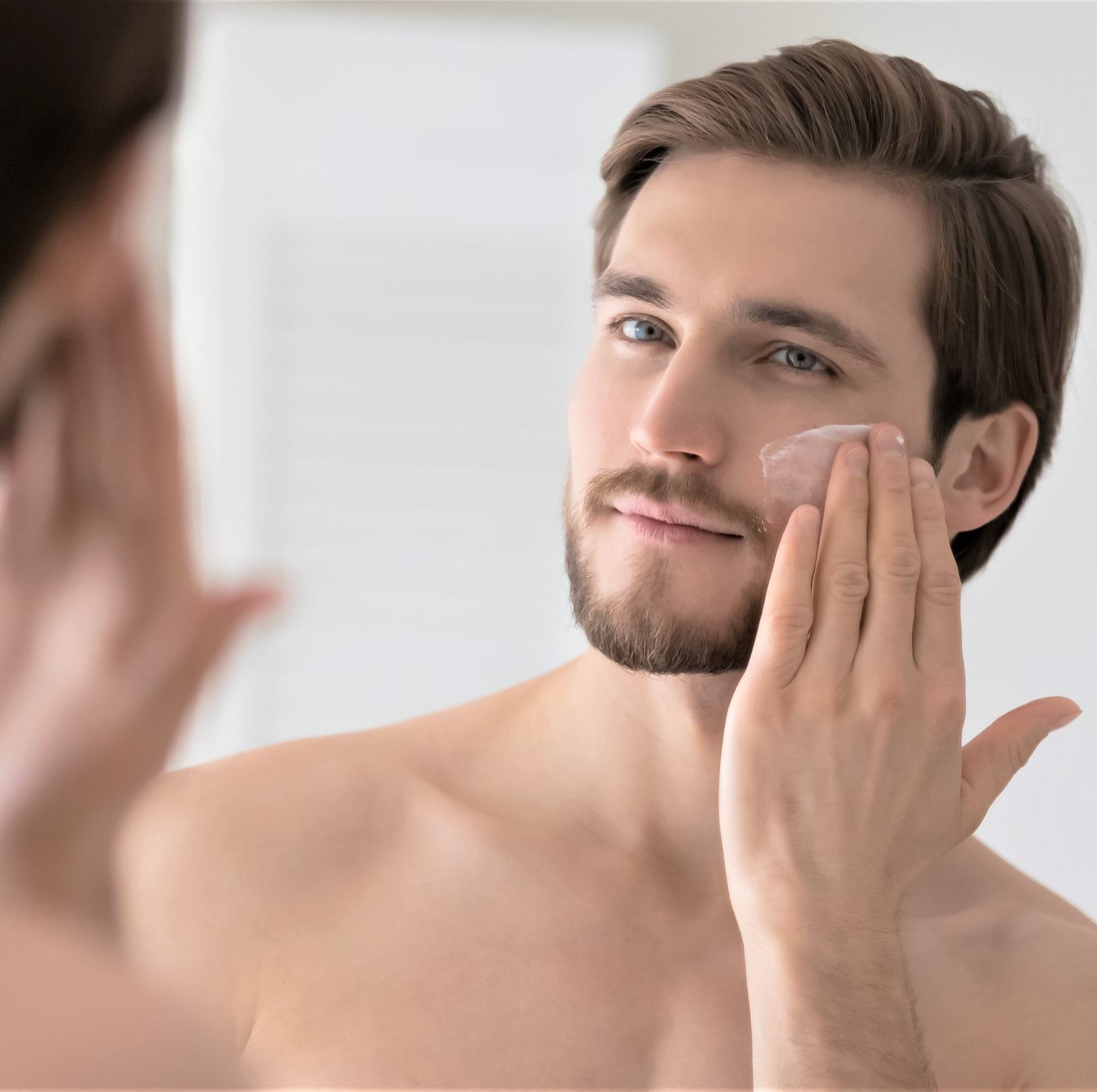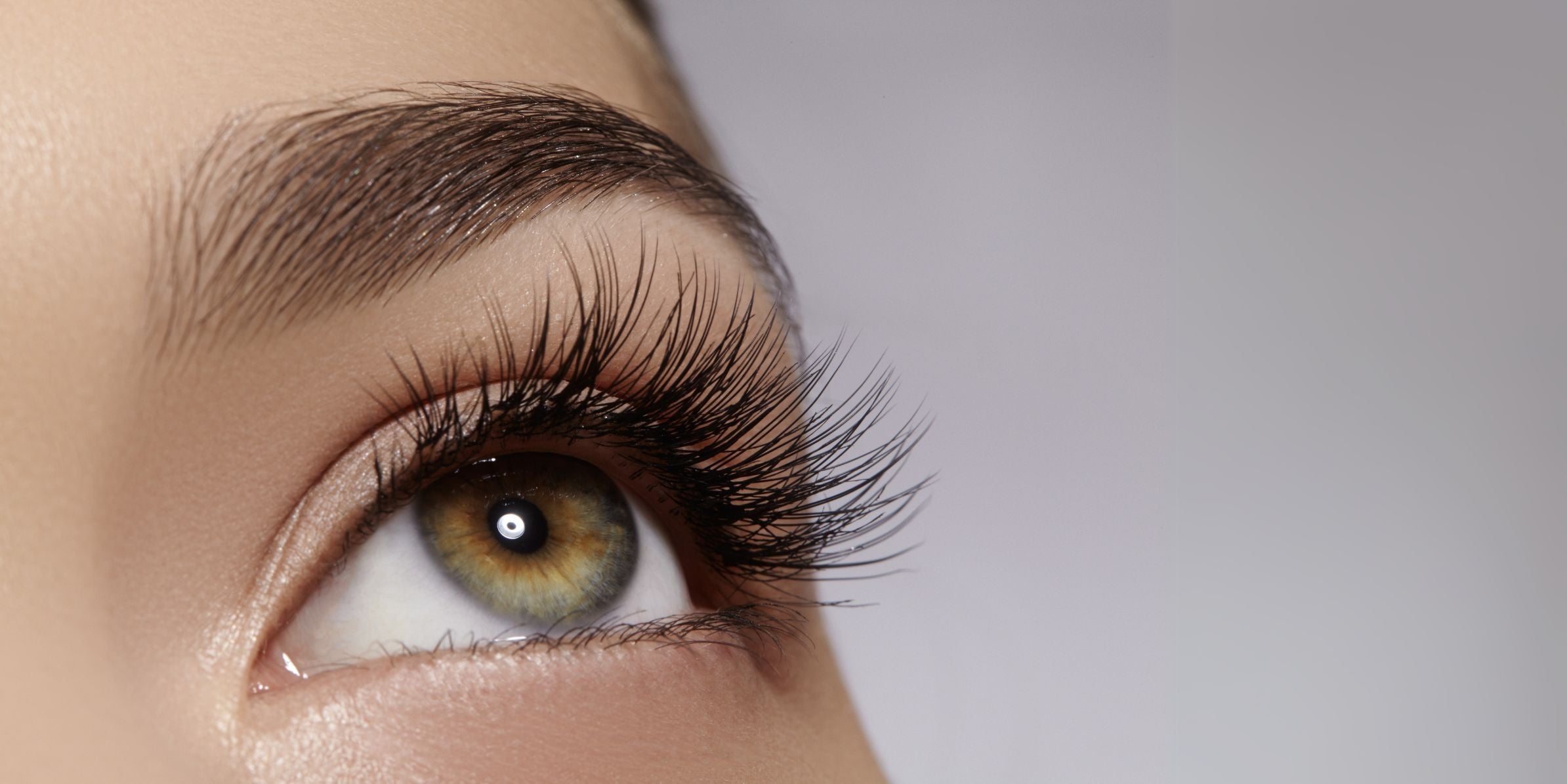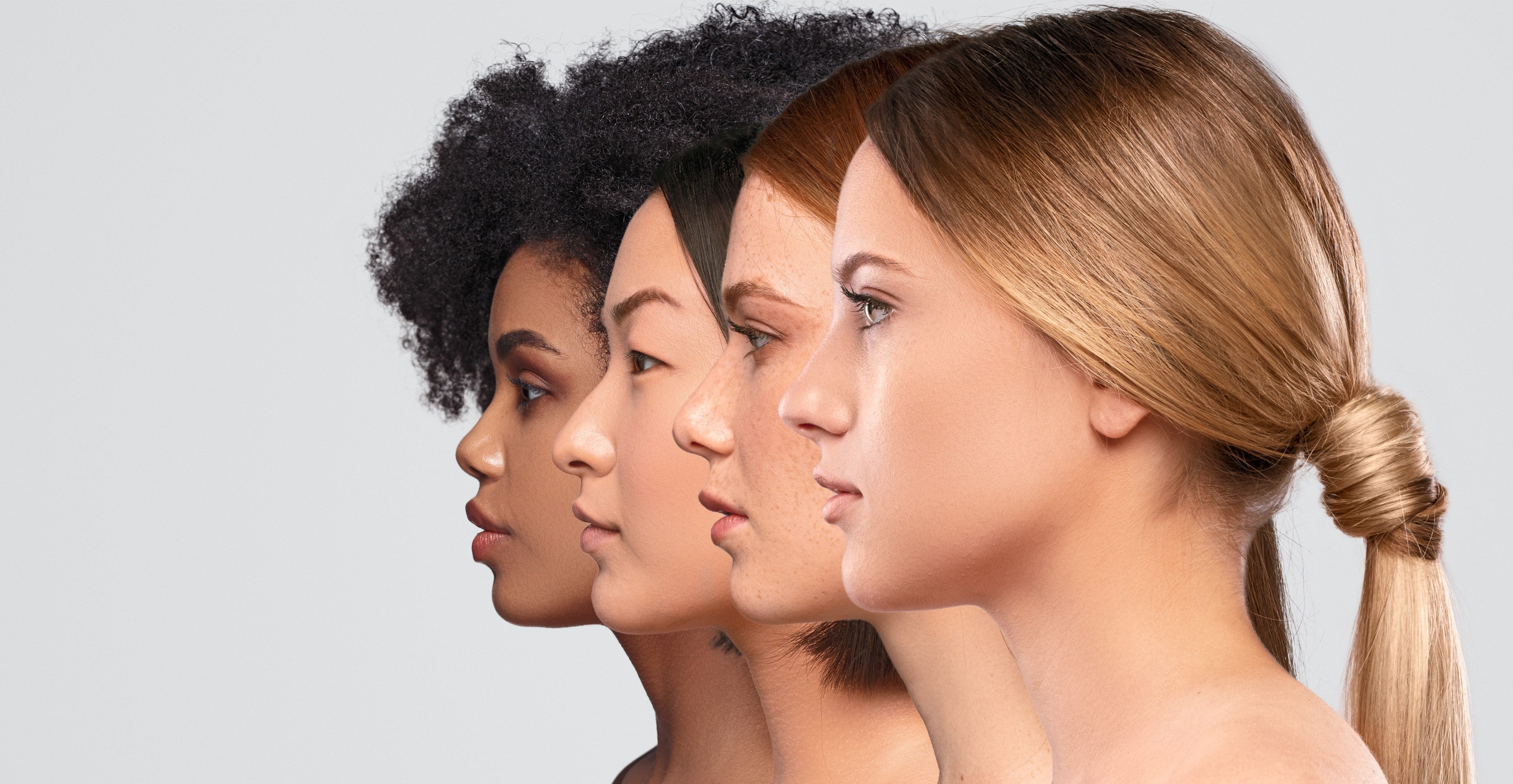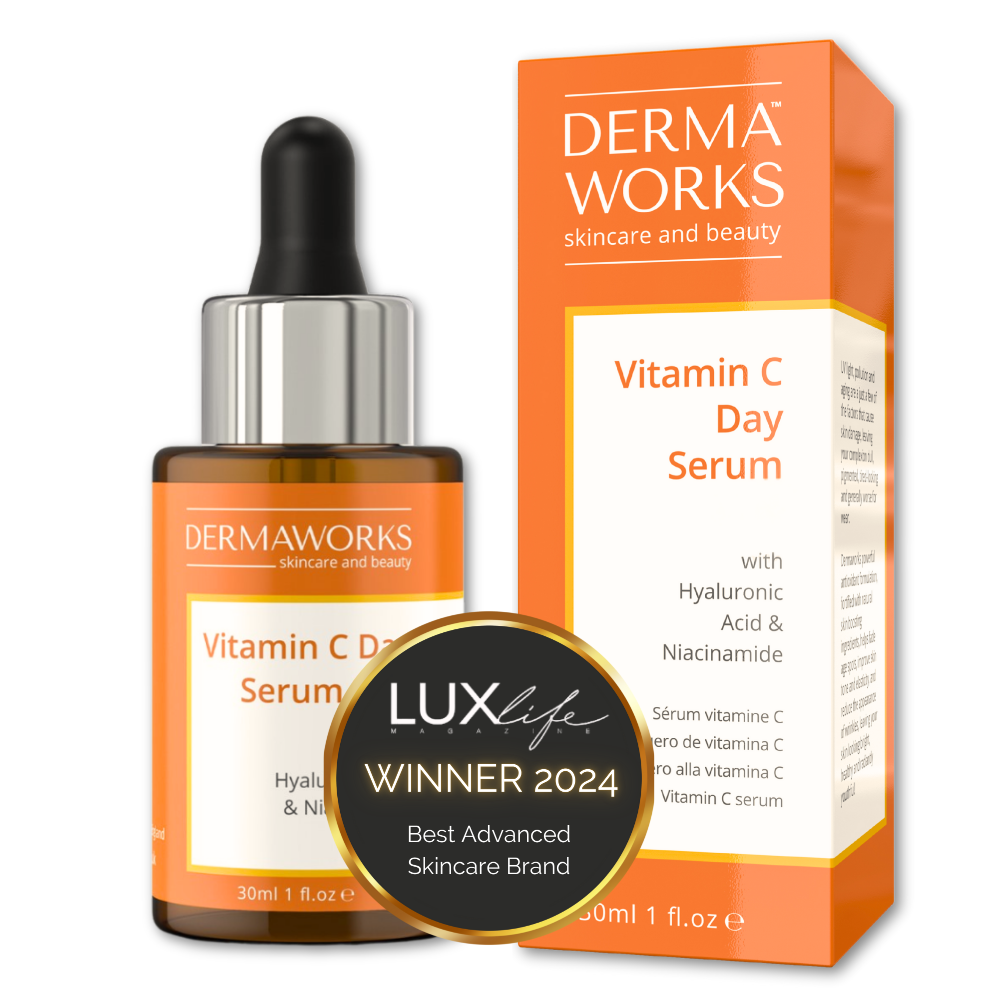Vitamin C and retinol are two of skincare’s most powerful ingredients—but they’re also known for being tricky to combine. When used the wrong way, they can cause irritation or cancel out each other’s effects. When layered correctly, though, they can help target fine lines, fade dark spots, boost collagen, and give you a healthy, radiant glow.
In this post, we’ll break down exactly how to layer vitamin C serum with retinol so you can reap all the benefits without the side effects.
Why These Ingredients Are So Powerful
-
Vitamin C (L-ascorbic acid)
-
Antioxidant protection: Shields skin from free radical damage caused by UV rays and pollution.
-
Brightening: Helps fade hyperpigmentation and even skin tone.
-
Collagen boost: Supports firmer, smoother skin.
-
-
Retinol (vitamin A derivative)
-
Cell turnover: Speeds up shedding of dead skin cells for smoother texture.
-
Anti-aging: Reduces fine lines and wrinkles over time.
-
Acne support: Keeps pores clear and reduces breakouts.
-
Both ingredients are potent—and that’s why timing and layering matter.
The Problem with Using Them Together
Vitamin C works best at a low pH (acidic environment), while retinol is more effective at a slightly higher pH. Applying them at the same time can cause instability, reducing their effectiveness and increasing irritation.
That’s why most dermatologists recommend using vitamin C in the morning and retinol at night, or separating them by a few hours if you must use them on the same day.
How to Layer Vitamin C and Retinol
Here are two dermatologist-approved approaches:
Option 1: Split Morning & Night (Safest)
-
Morning routine
-
Cleanser
-
Vitamin C serum
-
Moisturiser
-
Suncream(SPF 30+)
-
-
Night routine
-
Cleanser
-
Retinol
-
Moisturiser
-
This method minimises the risk of irritation and ensures each ingredient works in its optimal environment.
Option 2: Same Routine, But Layered with Buffering (For Advanced Users)
If your skin is already used to both ingredients and not easily irritated:
-
Cleanser
-
Vitamin C serum (let it absorb for 20–30 minutes)
-
Retinol
-
Moisturiser
The waiting period allows your skin’s pH to rebalance, helping each product perform better.
Tips for a Smooth Transition
-
Start slow: Introduce one ingredient at a time, then build up frequency.
-
Moisturise generously: Both ingredients can be drying—lock in hydration to reduce flaking.
-
Use sunscreen daily: Both can make your skin more sun-sensitive.
-
Avoid mixing in the same bottle: It’s tempting to DIY, but you’ll destabilize both formulas.
Who Should Avoid This Combo?
If you have very sensitive or rosacea-prone skin, you may find this pairing too harsh. In that case, alternate days or consult with a dermatologist for gentler options like bakuchiol or magnesium ascorbyl phosphate.
Bottom line:
Vitamin C and retinol are a skincare power couple—but they need their own stage time. By using vitamin C in the morning and retinol at night, or carefully layering them with enough time in between, you can enjoy brighter, smoother, and younger-looking skin without irritation.









